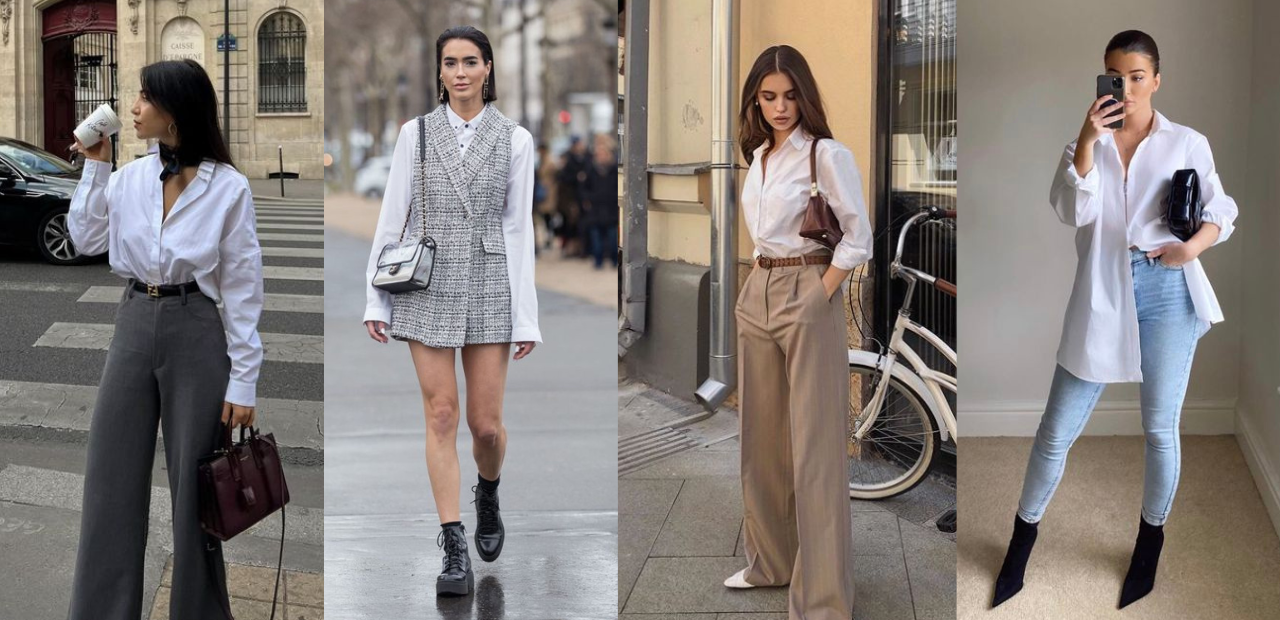
Traditional Fashion | Handloom has always carried stories: of skilled women at the loom, of colour rooted in place, of heritage passed hand to hand. Today a new chapter is unfolding.
“Handloom 2.0” is less about museum nostalgia and more about modern utility. It asks a simple question: how can we wear our culture to work, look sharp on a Monday, and still feel like ourselves? For young professionals who value craft, sustainability, and personal brand, handloom is no longer an occasional Friday fit. It is smart, versatile, and boardroom-ready.
Handloom 2.0 blends artisanal fabric with contemporary cut. Think breathable cottons and cotton-silks shaped into blazers, sleeveless shells, culottes, easy midi dresses, pencil skirts with comfort waistbands, and structured sarongs that stay put. It favours clean lines, functional pockets, and finishing that stands up to long days and air-con. The result is familiar texture without old-fashioned bulk, colour without chaos, elegance without effort.
Handloom cotton regulates temperature well. It moves air, absorbs moisture, and keeps you composed after a commute or client visit. That comfort reads as confidence.
Handloom supports small weaving communities, reduces industrial waste, and often uses low-impact dyeing. If your company cares about ESG or responsible sourcing, your wardrobe can reflect those values without you saying a word.
Most office wear looks the same. Handloom texture photographs beautifully and stands out on screens and in person while staying within a smart-casual or business-formal dress code, depending on how you style it.
Handloom is not one thing. A few quick rules help you shop like a pro.
Sleeveless handloom shift dress + slim belt + low block heels. Add a cropped linen-blend jacket for meetings. Works with subtle stripes or micro-checks. Power without fuss.
Handloom blazer in a rich solid (ink, forest, oxblood) + tapered ankle trousers + white crew-neck tee. Swap the tee for a silk shell to level up. Finish with a minimal watch.
Textured pencil skirt + peplum or box-cut top in the same colour family. The texture keeps it interesting; the silhouette keeps it formal. Nude or tan shoes elongate the leg.
Lightweight cotton-silk saree with a tailored blouse featuring a square or boat neck, elbow sleeves, and a clean back. Anchor with a sleek belt over the pallu for movement control and a contemporary line.
Handloom culottes + fitted tank + longline vest. Add loafers and a fine chain. Casual, but meeting-safe if a client drops by.
Handloom celebrates pattern, but the office rewards clarity. Use the 1-1 rule: one pattern, one accent. If your top has bold ikat, keep the bottom solid and neutral. If your saree is bright, choose a matte blouse and minimal jewellery. Aim for two to three colours total in an outfit. Deep jewel tones read premium. Pastels feel approachable. Monochrome looks expensive if the fabric has texture.
Click here to read “Can Gene Editing Reverse Type 2 Diabetes?”
Start with nine pieces. They multiply into weeks of outfits.
Keep silhouettes simple so the fabric does the talking.
Buy for the shoulders and have the rest tailored. A 1–2 cm nip at the waist or a slight hem lift transforms the look. Handloom softens with wear. Steam rather than hard-iron to avoid shine. Wash cold, gentle cycle, inside out, and dry flat or on a padded hanger away from direct sun. A fabric shaver removes occasional fuzz. Rotate pieces to extend life.
Handloom often costs more than mass-market blends, but value sits in wear count and impact. A well-made handloom blazer styled three ways per week repays itself fast. When possible, buy directly from reputable labels or weaver groups that pay fairly and disclose materials. If your company offers a sustainable purchase allowance or has a green policy, handloom can fit that framework.
Clothes communicate. Handloom 2.0 says you value craft, respect climate, and know your roots. It can also open conversation at panels, pitches, or interviews: “Who made this?” “Where is it from?” That is quiet leadership. If you mentor juniors or present to clients, your wardrobe becomes part of your credibility stack—consistent, considered, and context-aware.
Week 1: Audit what you own. Identify one neutral and one colour that flatter you.
Week 2: Buy or tailor one core piece you will actually wear twice a week.
Week 3: Add a saree or blazer for formal days.
Week 4: Photograph five outfits you love. Repeat and refine.
Handloom 2.0 is not a trend cycle. It is a toolkit. It respects the people behind the fabric and the professional you are becoming. Wear it with clarity and you will carry your culture into every room you enter.
Click here to read “Maxing for Mothers of Young Children: How to Get Rest When Nights Are Broken”

SatynMag empowers women with inspiring stories, expert advice, and uplifting content to fuel their strength and dreams
Welcome to Satynmag S Suite, online knowledge platform for career and personal growth. This is where you can empower yourself with cutting edge knowledge, latest know-how and grow.


